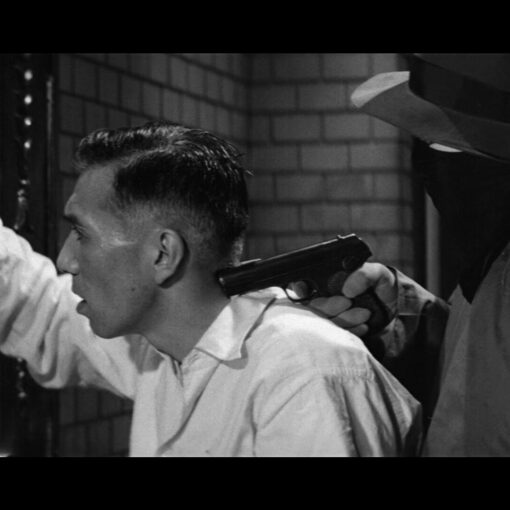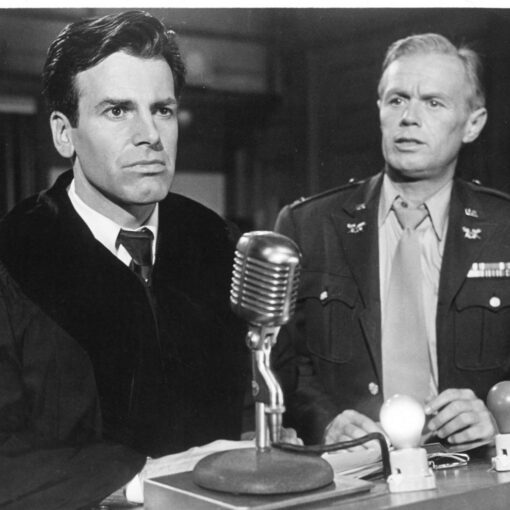The Cremator (1969) is a Czechoslovakian New Wave horror comedy directed by Juraj Herz. The film was given awards in Best Film, Best Actor (Rudolf Hrusínský) and Best Cinematography categories at the Catalonian International Film Festival in 1972.
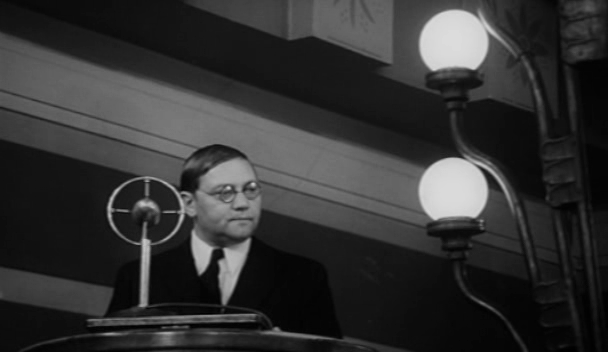
Kopfrkingl (Rudolf Hrusínský), a cremator fond of Tibetan Book of the Dead, enthuses about his labour in a crematory as well as is an honest citizen cherishing the quotidian life of an ordinary family man. However, at one point, on the account of the turbulent political situation in the late 1930s and the interminably impending contingency of German invasion, he has to choose between German and Czech identity…
“The further the piece progresses, its thrashing force augments”
The Cremator (1969) by Juraj Herz is a searingly shocking psychological drama scintillating with uncannily tenebrous, disturbing Kafkaesque atmosphere, exquisite cinematography by Stanislav Milota and a fantastic performance by Rudolf Hrusínský. Already the perplexing opening sequence portraying Kopfrkingl’s family visit at a zoo augurs the subsequent repugnancies and the striking hypocrisy the film is to divulge through its immensely unsettling tale. At the onset, the swift transitions between disparate close-ups exposing the main hero’s face in detail, deranging shots of wild animals in cages and sundry members of his family infuse the very first minutes with a sense of disquietude irrepressible insofar as a viewer is likely to wince slightly at the addling and utmost perturbing commencement of the motion picture, not to allude to opening credits which are not precisely lulling in their grotesque nature.
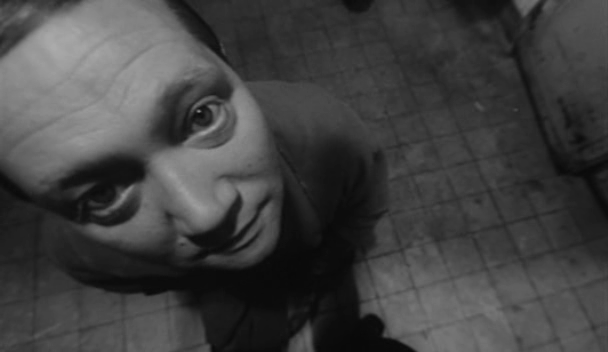
Kopfrkingl is a quite average respecting the values of society and advocating peace which in his view, needs to be sustained. While eating his supper in the company of his family and a pair of acquaintances named Reinke, Walter Reinke espousing pro-German proclivities in Czechoslovakia questions Kopfrkingl about his view on Reinke’s political option. Initially, Kopfrkingl tremulously prevaricates and quibbles once he is to take a decisive stance in response to his acquaintance’s perfervid statements extolling the superiority of German nation. However, upon ruminating over the entire matter and taking into account Reinke’s bellicose arguments, he resolves to affirm his dubious German heredity and inspirit his feeble son to study the German language more diligently than he has done heretofore. And thus, Kopfrkingl embarks on his journey heading for complete lunacy and indifference to violence which he warrants with his misrepresentation of Tibetan Book of the Dead.
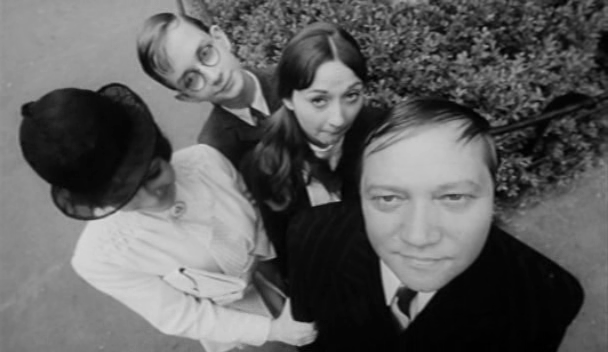
To depict the protagonist’s aberration from sanity, the director frequently employs extreme and confounding close-ups with a view to visualising the flick as though it was filtered through Kopfrkingl’s mind. The exhibited madness seems to prevail and refract the camerawork and as a epiphenomenon, the hectic and fretting visuals underpin one’s perturbation and redound to the scent of the grotesque perpetually veiling the entire venture in a miasma of anxiety. What is likewise worth remarking is the adroit aesthetic composition Herz utilizes in order to conjure up a feeling palpably reminiscent of an incubus. The majority of the work consists of abrupt, discombobulating strokes. These include enhancement of the spatial unsteadiness through exploiting many a befuddlingly low-angled close-up as well as intensification of the ‘bleary’ narrative continuity. The latter comes to power owing to the director’s applying bewilderingly latent transitions in which one scene not rarely initiates with an extreme close-up and only when there is a zoom-out, is a viewer capable of noting that it is an ensuing scene.
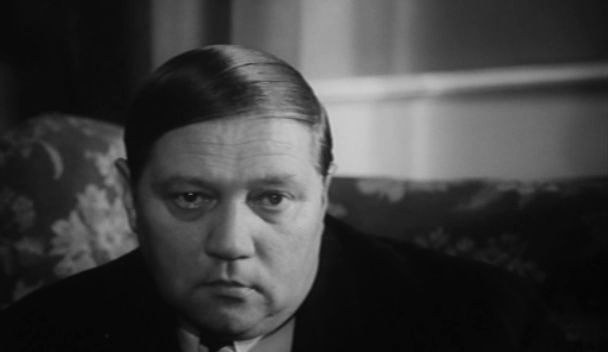
Another stylistic trait indubitably worth mentioning are certain religious undertones. The first time the camera captures the protagonist striding towards his working place – the crematory – one might hear a religious-like chorus singing sombrely in the background. This also consigns a solid batch of an oneiric tang and pertinently accentuates the ambiguous aspect of Kopfrkingl’s labour in which the boundaries of life and death somewhat overlap in a sense that he is the last man that bids farewell to the deceased as though he was a doorkeeper in front of the heaven’s gate. The implementation of religious nuances grows even more conspicuous the instant the main hero likens the crematory to the oven in which ‘our daily bread’ is baked. Last but not least, at one point, Kopfrkingl wishes to read Walter Reinke an article from a newspaper about a child born with two heads, fours arms and four legs. Whereas this saliently could be deemed as something purely adventitious, a narrative factor bereft of any significance, to my way of thinking, it seems far more reasonable to assume that this event is to exemplify the dichotomy in Kopfrkingl’s mentality severed by two identities – the German one and the Czech one – and the continuous intrinsic struggle between them. All of these directional constituents are facilely discernible on account of the film’s deliberate pacing which might dissuade less patient viewers, but others are bound to esteem the creation’s dense artistic and thematic resonance and take bliss in the uncanny atmosphere the film is shrouded in.
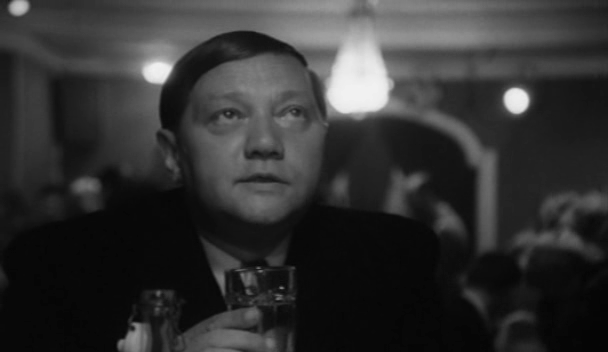
Rudolf Hrusínský is enrapturing whilst impersonating Kopfrkingl whose ambiguous silhouette renders the part relatively exigent to enact, yet Hrusínský’s performing knack is distinctly on display here, for he succeeds in behaving initially genuinely benign and affable solely to transmogrify into a sightlessly narcissistic, diabolic monster in the latter part of the movie. There is no disguising the fact that it is on his shoulders that the acting’s burden is principally put on, notwithstanding, Vlasta Chramostová as Kopfrkingl’s spouse and Ilja Prachar as overzealous Walter Reinke also give slick performances.
The resplendent cinematography by Stanislav Milota is absolutely gorgeous, miraculously coincides with the Herz’s deliriant mise-en-scene and magnificently cloaks the pic with a crust of surrealism which intermittently appears otherworldly to the extension that it enthralls and concomitantly sends a chill down one’s spine. Milota’s aesthetic stratagem principally comprises of an array of the aforesaid close-ups, low-angled shots as well as several indulging takes in which the characters egress from the depths of darkness and yet are still partially doused in the murk of the room athwart which they advance at the moment. Not only does the soundtrack by Zdenek Liska not prostrate the flick’s intimidating upshot via its jubilance, but also magnifies, accords with the overall macabre and additionally peels off the layers of gloom so that some parts of the motion picture can prove darkly humorous for some viewers.
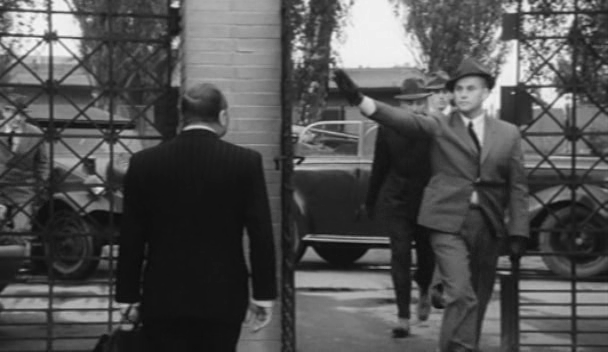
To sum up, The Cremator is an impeccable piece of filmmaking which is as coruscatingly brilliant as it is disturbing. Its prodigious cinematic value keeps resurfacing throughout its entire length and the further the piece progresses, its thrashing force augments. Towards the finale, the movie exerted so shocking an impact on me with so few excesses that it instantaneously dawned on me that I was dealing with an ensemble of imposing magnitude. Not many films are as immanently congruent and prosperous as this one.
9/10 stars – stunning





